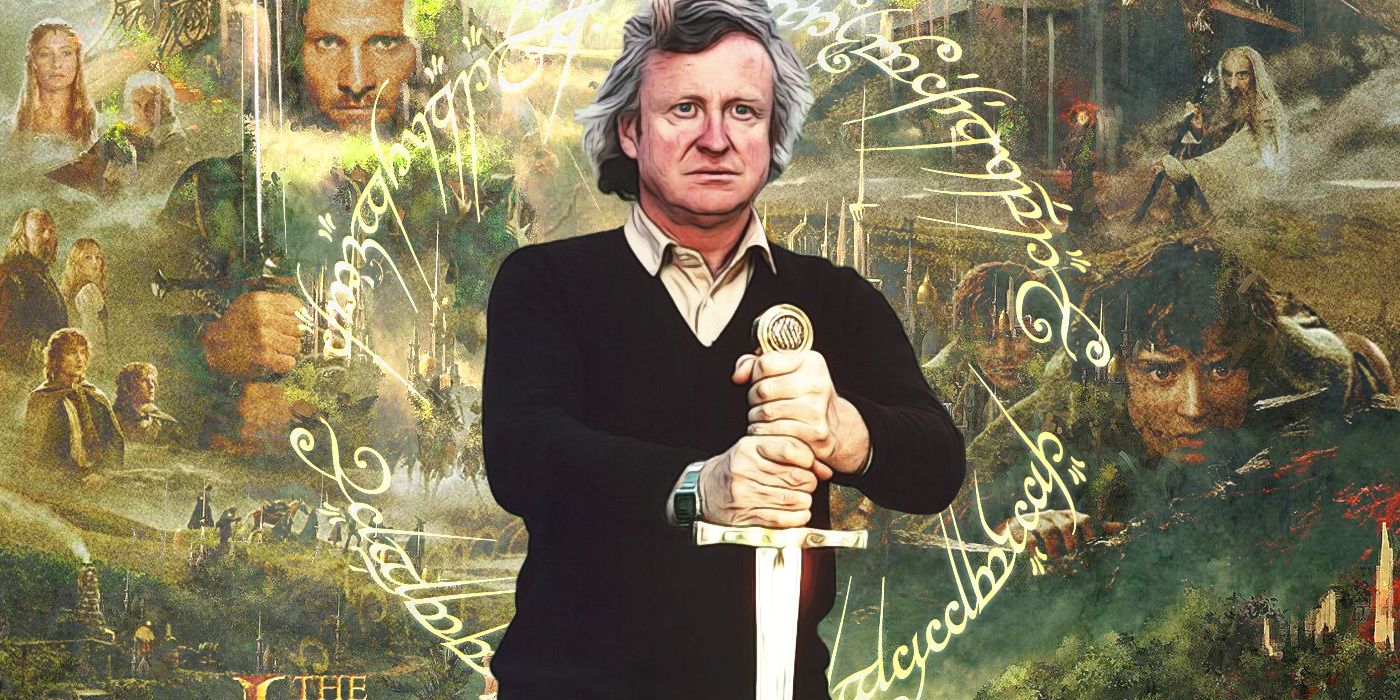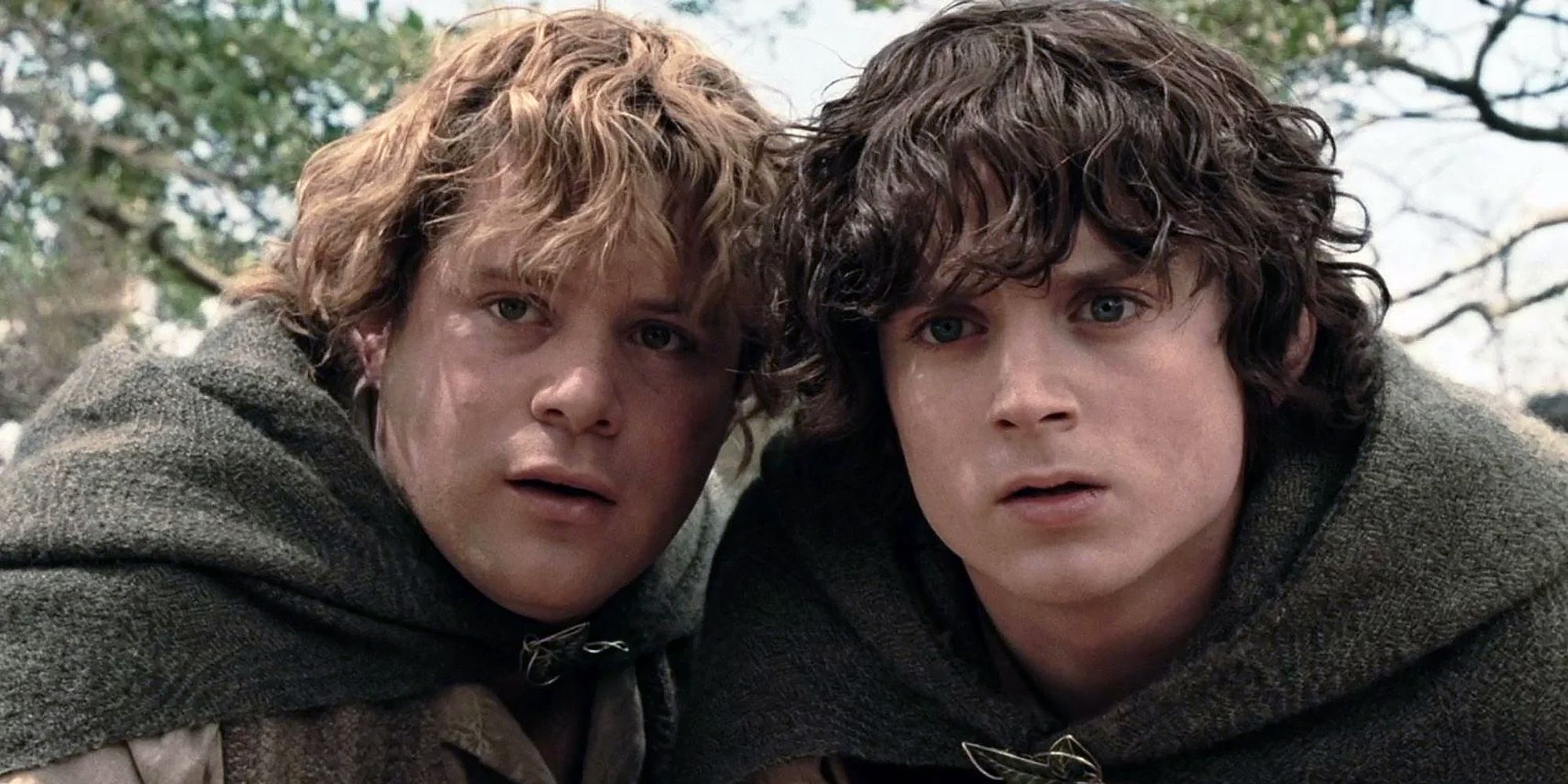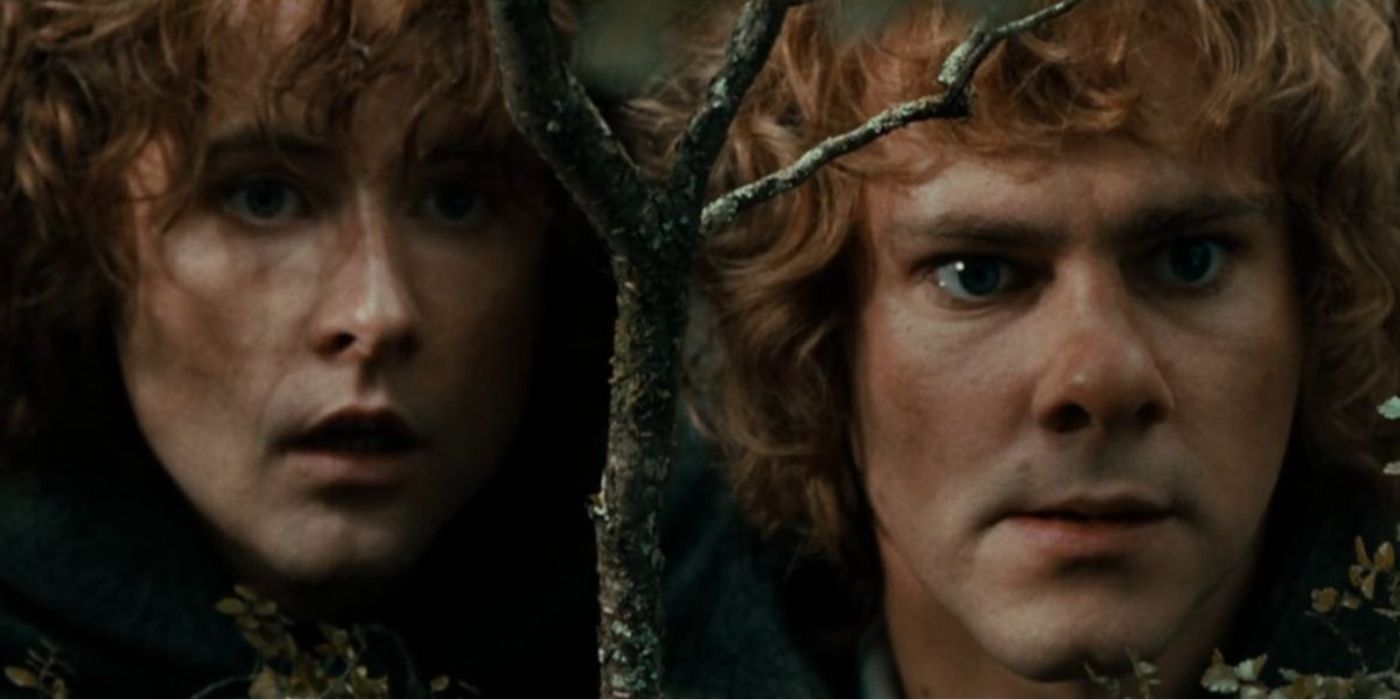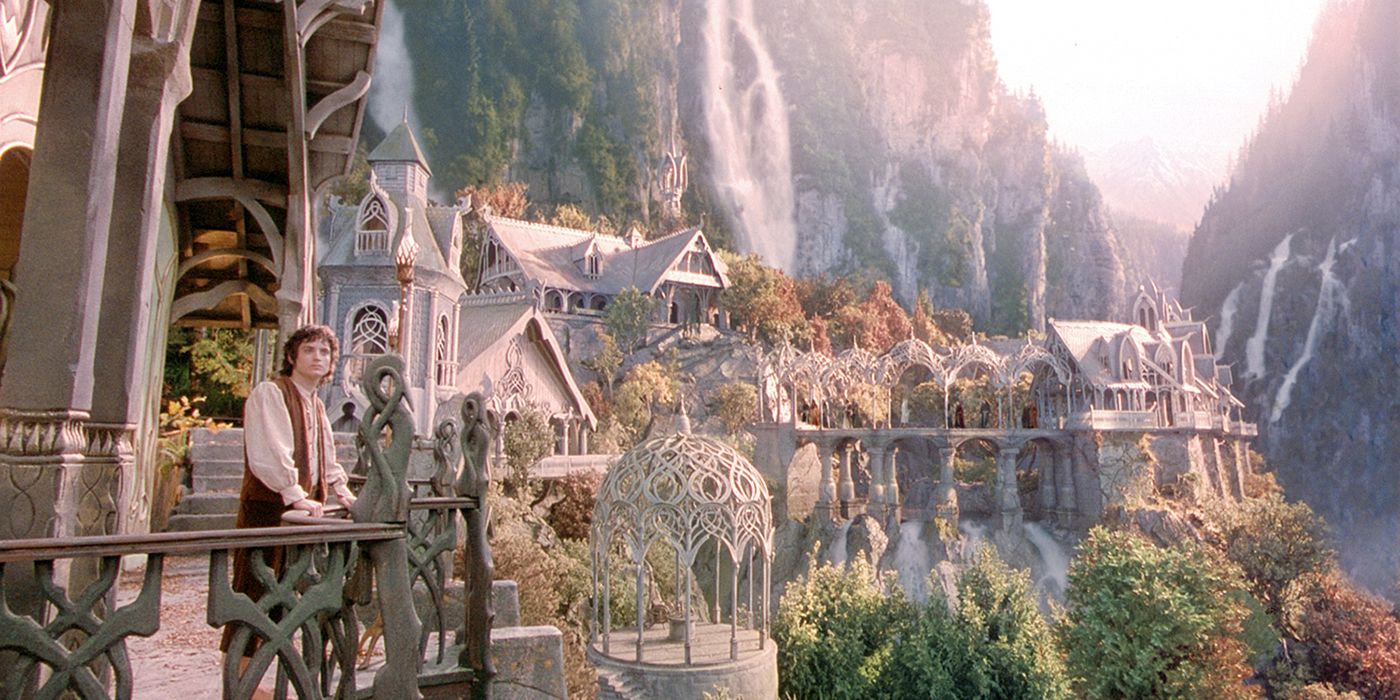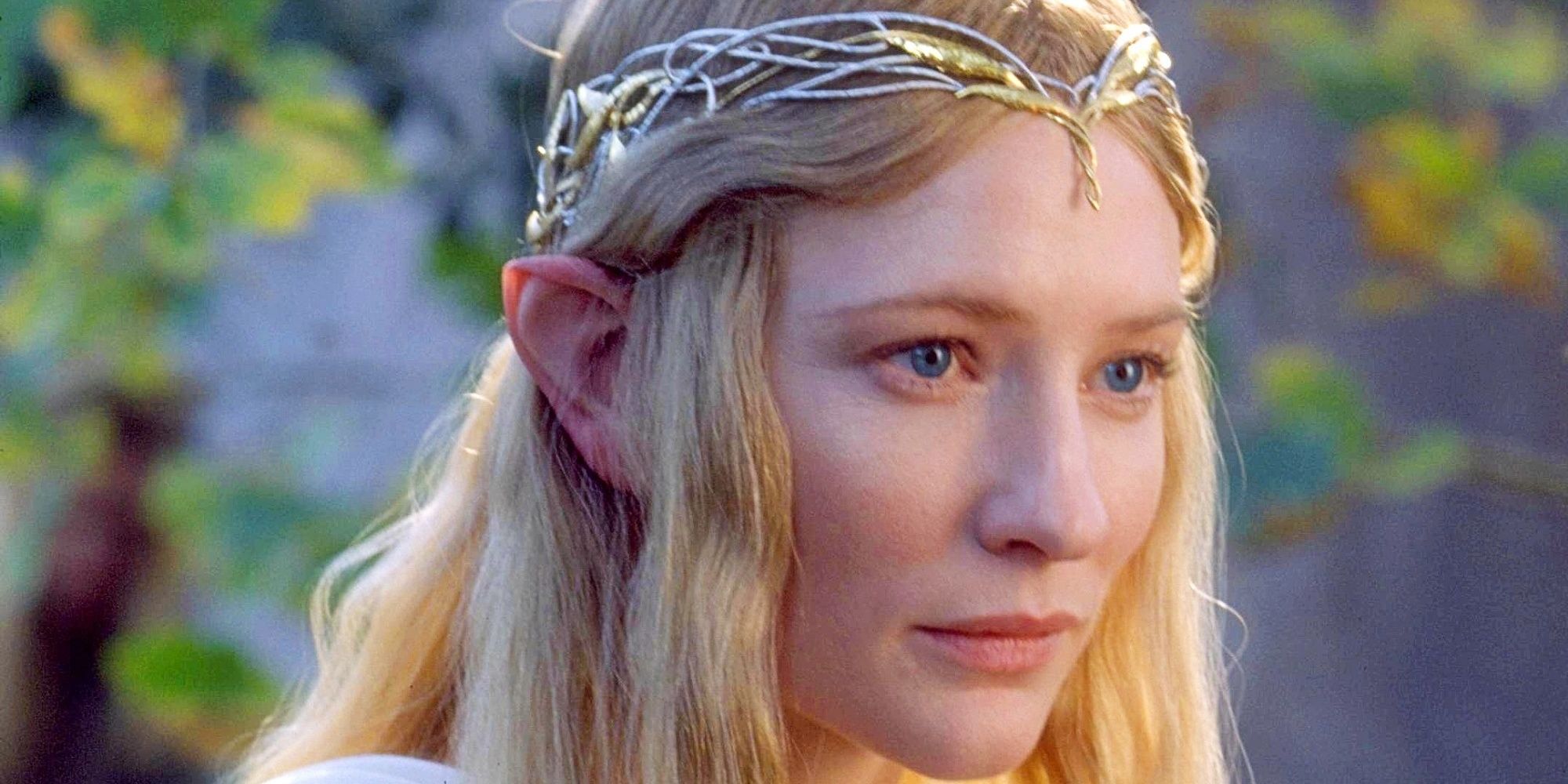Peter Jackson’s Lord of the Rings series went down in history as the most awarded film trilogy of all time, sweeping every category in which it was nominated for The Return of the King and ultimately bringing home 17 Oscars and nearly $3 billion at the box office for the series as a whole. But the tale of bringing Middle-earth to the screen was hardly an assured success from the start. Setbacks, scheduling problems, and studio changes perpetually plagued the production of the movie from the start; these, however, were at the time only the most recent in a long and knotted history of production disasters that had conspired to prevent every other live-action take on Middle-earth from ever seeing the light of day.
There had been a handful of animated films before Jackson’s that had taken on the Middle-earth material: Ralph Bakshi’s 1978 Lord of the Rings for one, which was complemented by the 1977 Hobbit film by Rankin/Bass, who eventually also produced a Return of the King film in 1980 to cap off the story left unfinished at the end of the Bakshi film. The first excursion to Middle-earth on screen, the 1966 Gene Deitch Hobbit film, is also impossible to forget. Believe me. I’ve tried.
But live-action adaptations of Tolkien’s work met with far less success before Jackson’s films came along. The Beatles once made an attempt to make a Lord of the Rings film with Stanley Kubrik as director, but they ran into a bit of a snag when Tolkien flatly refused to let them anywhere near the rights to the film. Soon afterward, though, a more successful (though still ultimately fruitless) attempt at a live-action film was made by a director who had a very distinctive vision for the property.
John Boorman is perhaps most famous for his films Deliverance and Excalibur, but before either of those films, in 1970 he came very close to making a live-action Lord of the Rings movie, which would have been a wildly different vision of Middle-earth than what the Jackson films eventually realized. For one thing, it was written to be a single 2 ½ to 3 - hour movie, with an intermission. Ultimately, United Artists did not end up buying into his vision, so the film was never made, but the script that he wrote was eventually released online, so audiences can at least get some idea of what the first live-action Lord of the Rings film could have been.
There are a number of problems that inevitably come with adapting a thousand-page book into the framework of one film; much of the story, nuance, and subplot have to be cut back severely or cut out entirely, for one thing. But given the restrictions of the runtime, the screenplay actually usually does a decent job of preserving the thread of the storyline, and even manages to hit some elements of the book that the Jackson films missed: for one thing, despite the restrictive runtime, the Boorman script preserves a great deal of the musical and poetic culture of Hobbits, as well as much of their distinctive sense of humor.
The script also calls for what looks like a Tolkien cameo at the beginning of the film and even seems to have had a similar idea to Jackson’s map transitions, as the opening scene shifts across Middle-earth, from Mordor to the Shire. There is an interesting scene, as well, where Frodo and Sam vanish in turns as they are escaping a troop of orcs. The end of the script also calls for a few of the orcs to repent of their evil ways and join in with the men of Minas Tirith. While that element is not present in the books or Jackson’s films, the idea of a repentant orc rejecting his evil master is something that Tolkien himself considered.
But perhaps the bad ultimately outweighs the good in this case. In this version of the story, for example, Bilbo actually doesn’t want to leave the Shire, and Gandalf is the one trying to get him to go. Furthermore, Frodo and other characters actually find it extremely difficult to put on the Ring and fail in the attempt multiple times.
There are a number of issues caused by the time compression of the script for which the story can be forgiven, but there are also some head-scratching changes to the plot that fly in the face of the original story. Gandalf, for example, tells Frodo that he can put on the Ring on the quest if he really needs to. The hobbits then later wander into a field of mushrooms that seem to have some goofy psychedelic effects on them. A helpful tree puts them all to sleep and deposits them at the edge of the forest, which seems to be some combination of Old Man Willow and Treebeard (who was likely cut from the script for time).
Speaking of characters not showing up, the character Glorfindel from the book doesn’t even catch a break here. In the Jackson films, his ride to rescue Frodo was taken over by Arwen; in the Bakshi version, that role was taken instead by Legolas; here, it is Sam who leaps on the horse and rides with an injured Frodo to Rivendell, where they are saved from the Black Riders by elves riding ponies along the river. It is unclear, but if they are supposed to ride on ponies, then it seems the elves of this version were meant to be more of the “Keebler” variety. In this scene, Merry also helpfully blinds one of the Riders’ horses with a shiny frying pan.
One thing the film cannot be accused of, though, is the ponderous walking montages of Jackson’s movies. We are in Rivendell by page 27 here. And Rivendell is envisioned in the script as a kind of crystal palace. Here Frodo is healed of an infection of concentrated slimy “wraith essence” by elf magic involving a thick layer of tree leaves and reflected sunbeams. Only when Frodo is healed do we find that he has been lying on the table in the middle of the room where the Council of Elrond is going on concurrently.
And on the subject of Arwen, when the Fellowship sets out from Rivendell, Arwen, who is 13, turns into an apparition, pointing the way on the journey and giving advice like a Middle-earth Jor-El head. Later on in the adventure, Boromir and Aragorn fight over the “Sword that was Broken,” and each end up holding half of it. Arwen then appears, cuts herself on the blade, and, with a bloody mouth, kisses Aragorn and Boromir in turn; each of them then kisses her thighs, and then each other. This makes them blood brothers, according to the script.
No, I’m not making this up.
Perhaps the most egregious alterations from the source material, though, have to do with the way the script envisions the elves. Where the books envision Galadriel as an ancient, wise, and perilous elf queen with forceful powers of perception, the Boorman script describes a “sparsely-clad” Galadriel who rises out of a pool like the Lady of the Lake and chooses to sleep with Frodo for the night. One of the jokes that play out here is that Lembas is established in the script to taste like anything the eater wants it to taste like. When Frodo leaves with Galadriel, Merry bites into a piece of Lembas, smiles dreamily, and says: “Galadriel.” Aragorn and Boromir are also openly disappointed that they were not the ones chosen by Galadriel. Where the book used the Galadriel sequence as a point at which Frodo sees the immensity of his quest and Galadriel passes the temptation of the Ring, in this script the scene is used as a strange way of turning Frodo into more of an assertive literary hero, which goes against the overall theme of the "overlooked and insignificant" hobbit heroism that is such an integral part of the books.
Perhaps even more serious elf-alteration happens in this script's depiction of the Council of Elrond. In the book, the Council helped to explain the back story of the Rings of Power and the history of Middle-earth. Here, that story is told in the style of theater, where a troop of performers hops up on the council table and reenacts the story, with each of the Rings being represented by a ring juggler. A belly dancer maintaining nine rings represents the Rings of Power for men. Sauron also has a role in the play and is described as looking like Mick Jagger. He dances lasciviously in front of the dancer with the nine rings, and is copied by Saruman, who is described in the script as a “femme fatale,” and tries to seduce Gandalf.
As the plot comes to its climax, Frodo and Sam are aided by a helpful tree that burrows them in a hole through the walls of Mordor, which on balance is perhaps a decent way of collapsing a few of the story elements together. Trees are very important to the original story, after all. In Mordor, Frodo and Sam find out that the Ring also gives them the ability to have orc-convulsing magnet powers. Meanwhile, at Minas Tirith, the Riders of Rohan have trained their horses to fight backward, and they kick the advancing orcs as a military formation. Minas Tirith also employs fighting bee-keepers, who wear wicker masks and are otherwise covered in leather. And bees, presumably.
As things wrap up, Aragorn accidentally kills Denethor, then sexily heals Eowyn and condemns himself to horrible stew for the rest of his life, as he marries her. Over in Mordor, Frodo is hailed as the “Lord of the Ring” when the ring is destroyed. Memorable characters like Faramir don't exist at all. Which, on balance, is probably what Denethor would have preferred.
There are a number of things that would have been very interesting to see visualized on screen: there are some notes for orcs being launched via catapult into the city and drifting down on bat wings, and an idea about a fake snake disintegrating into a crowd of allies. The orcs are described as some sort of bird-reptile zombie creature and would have made for some interesting set pieces and sequences. All in all, though, it was probably best that the Jackson films were the first live-action adaptation of Tolkien’s work.

